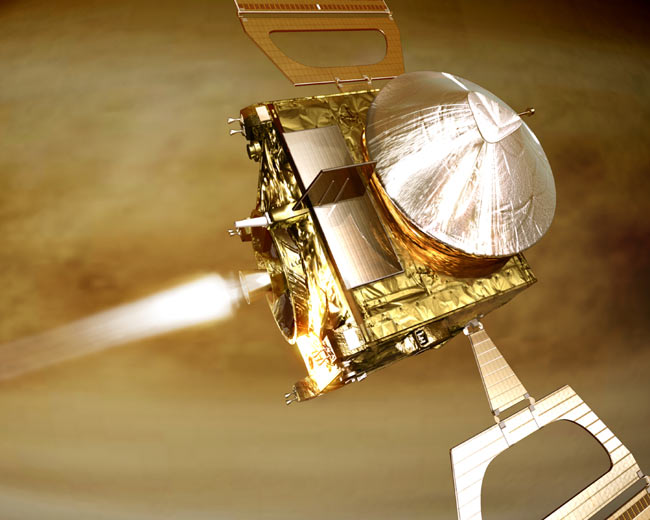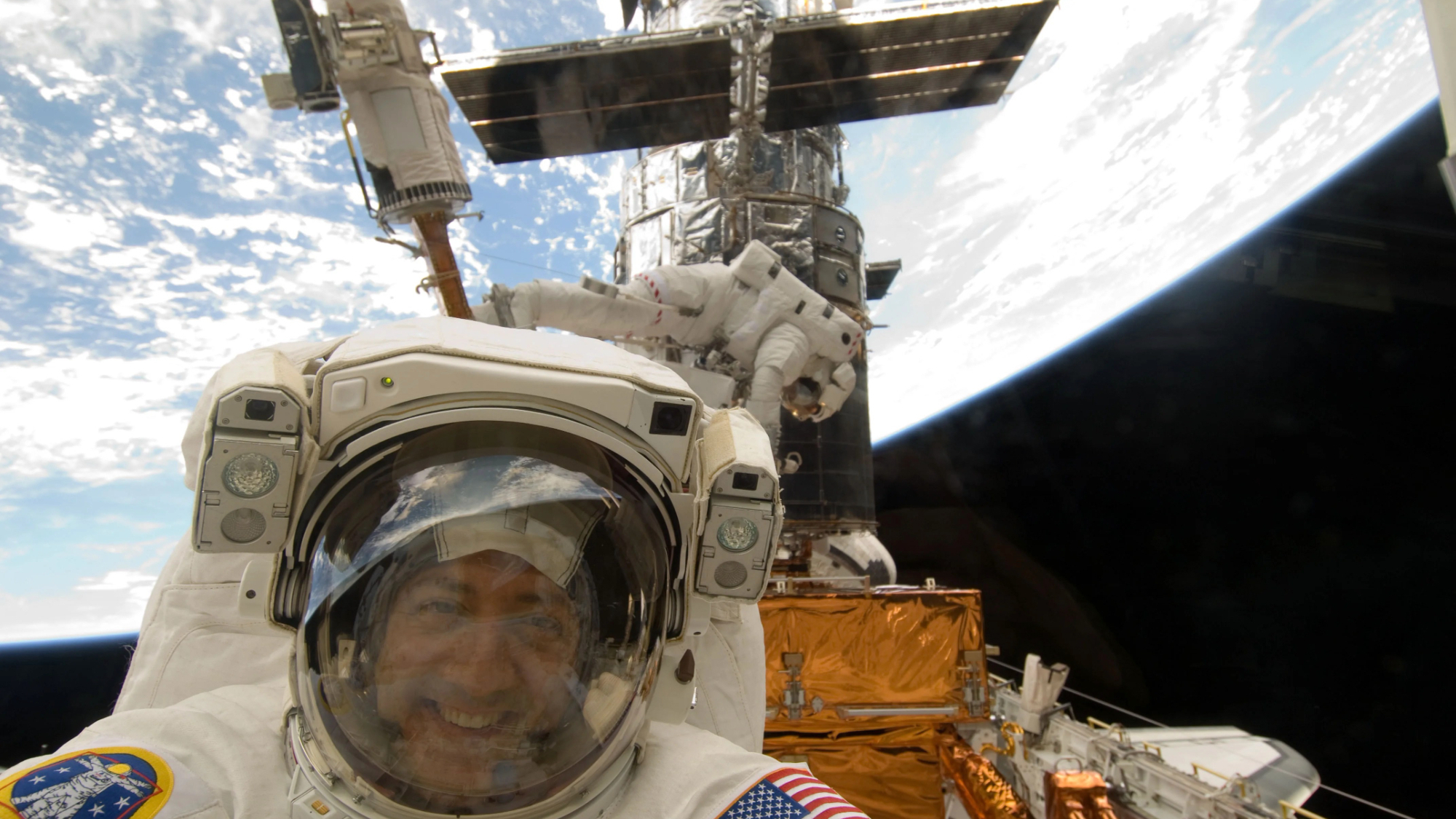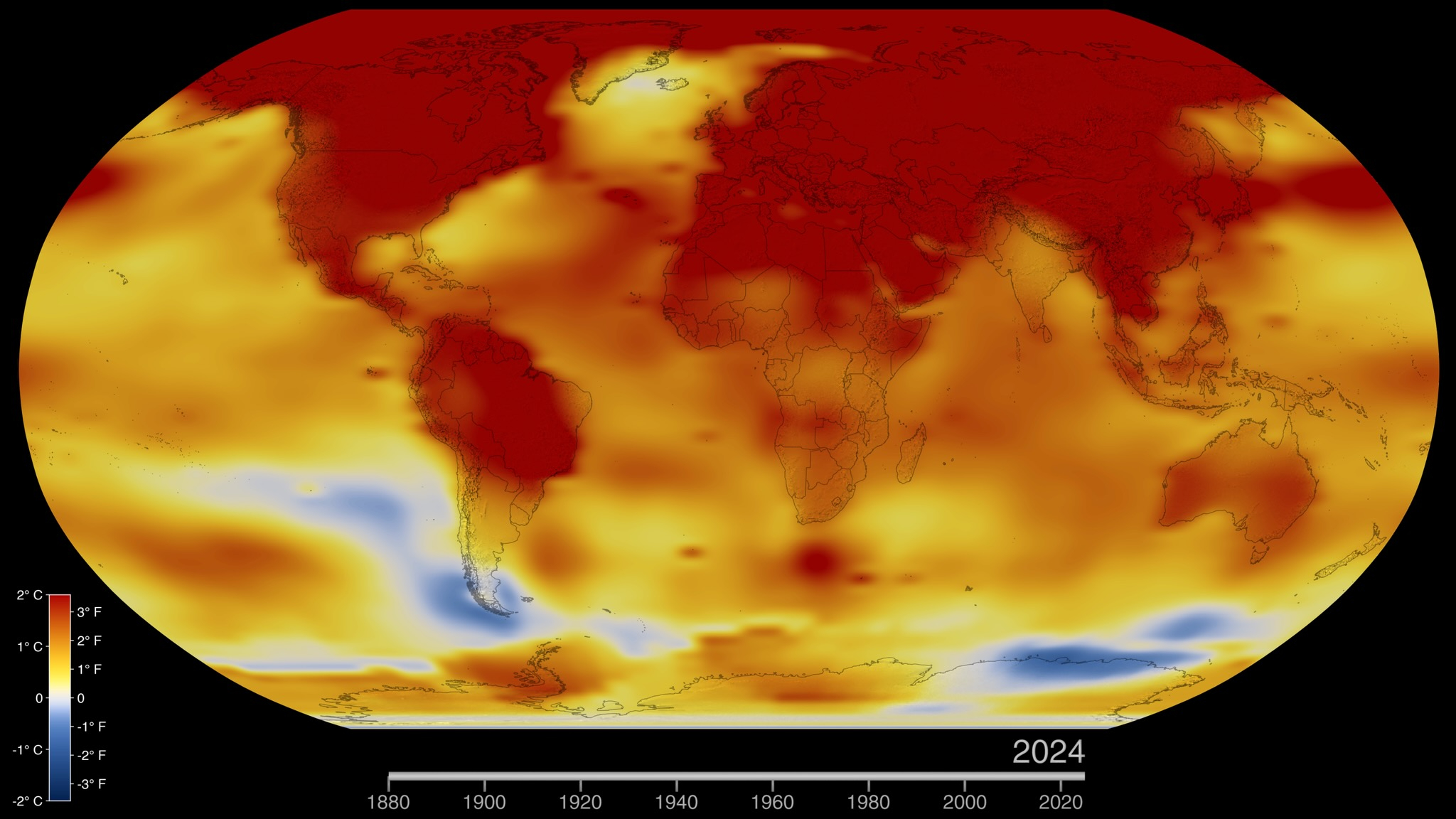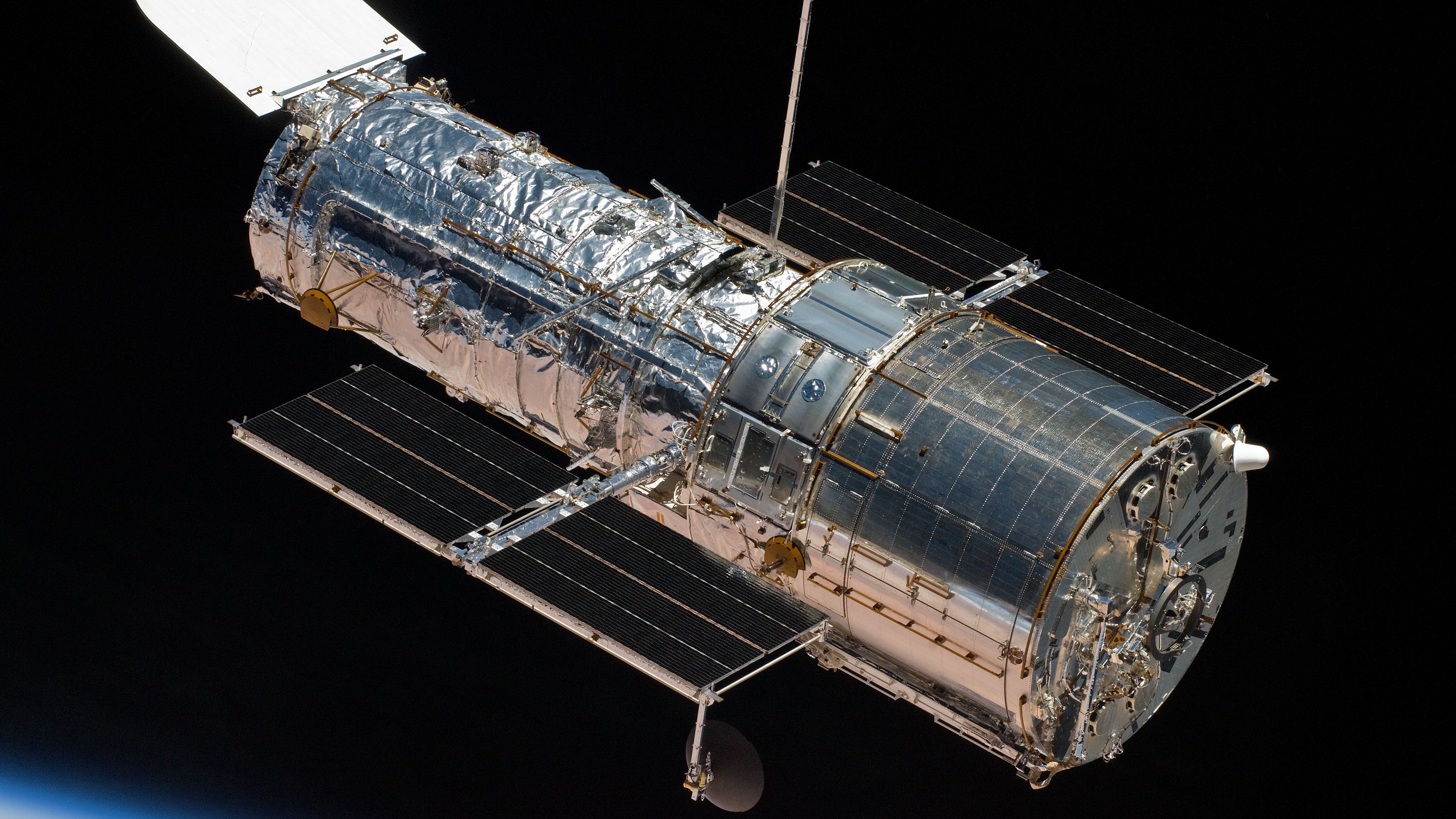Bound for Venus: European Probe to Arrive at Shrouded Planet

A Europeanprobe bearing down on the planet Venus is set for a Tuesday arrival to take aclose look at the world's soupy atmosphere.
After fivemonths of spaceflight,the European Space Agency's (ESA) Venus Express orbiter is expected to fire itsmain engine in a nearly hour-long maneuver to begin its planet-watching duties.
"I don'tdare get too excited because we have to be calm if there are any problems," VenusExpress project manager Don McCoy told SPACE.com. "It will feel goodonce we know we're in orbit around the planet."
The ESA launchedthe $226 million (220 million Euro) Venus Express mission spaceward in November2005 on what the space agency has billed its fastest mission to fly. Not sinceNASA's Magellanmission ended with the spacecraft's death plunge into the Venusian thickatmosphere in 1994 has the planet had a dedicated orbiter around it.
"It's gettingvery close and everything is working well, so that is comforting," said H?kan Svedhem, Venus Express project scientist, in atelephone interview.
The2,799-pound (1,270-kilogram) Venus Express spacecraft is expected to fire itsmain engines for 51 minutes beginning at 3:17 a.m. EDT (0717 GMT) Tuesday toplace itself on the proper orbital trajectory.
By themaneuver's end the spacecraft is expected to be flying in an orbit that reaches248 miles (400 kilometers) above the Venusian surface at its low point andabout 217,479 miles (350,000 kilometers) at the high end, mission managerssaid.
Get the Space.com Newsletter
Breaking space news, the latest updates on rocket launches, skywatching events and more!
"It'sa very eccentric orbit," said McCoy, adding that it should take Venus Express afull nine days to complete its first orbit while observing the planet. "It'sthe only time during the entire mission that we'll be able to see the entireplanetary disk."
UnveilingVenus
VenusExpress carries sevenprimary instruments, many of which were spares left over from previous ESAmissions such as the agency's MarsExpress and comet-bound Rosettaprograms, to peel back the layers of the Venusian atmosphere. Researchers hopethe spacecraft will unveilthe source of Venus' dense, turbulent and toxic atmosphere.
"We thinkthat volcanism is the mechanism that would produce that atmosphere," Svedhem said. "And if we find that this is the case, well thatI think would be very exciting."
Svedhem and his colleagues also hope to better understand howtrapped carbon dioxide, water vapor and sulphuric aerosol gases factored intothe "greenhouse effect" that appears to superheat Venus' atmosphere to anaverage temperature of about 869 degrees Fahrenheit (465 degree Celsius).
VenusExpress is expected to begin its primary science mission - a 15-Earth monthperiod that translates into two of Venus' long sidereal days - in June after aseries of maneuvers to reach its final operational orbit.
"It's juststraight propulsion," McCoy said of the orbital posturing, adding that unlikeNASA's Mars Reconnaissance Orbiter - which is currently using Mars' atmosphereto shape its orbit in a process called aerobraking- Venus Express will rely solely on its engines. "It's lot faster thanaerobraking and, in that sense, it's easier."
VenusExpress' transit to its target planet required less of the probe's 1,256 pounds(570 kilograms) of fuel than anticipated, allowing for some leeway in theprocess, ESA officials said.
"Inprinciple, we're all ready to go," McCoy added.
- Image Gallery: Postcards from Venus
- Next Stop Venus: Europe's Express Probe Launches Toward Earth's 'Twin'
- A Cloudy Target: Europe's Venus Express Probe to Explore Shrouded Planet
- Venus and Earth: Worlds Apart
- Five Years Ago: Magellan Takes a Fall for Science
Join our Space Forums to keep talking space on the latest missions, night sky and more! And if you have a news tip, correction or comment, let us know at: community@space.com.

Tariq is the Editor-in-Chief of Space.com and joined the team in 2001, first as an intern and staff writer, and later as an editor. He covers human spaceflight, exploration and space science, as well as skywatching and entertainment. He became Space.com's Managing Editor in 2009 and Editor-in-Chief in 2019. Before joining Space.com, Tariq was a staff reporter for The Los Angeles Times covering education and city beats in La Habra, Fullerton and Huntington Beach. In October 2022, Tariq received the Harry Kolcum Award for excellence in space reporting from the National Space Club Florida Committee. He is also an Eagle Scout (yes, he has the Space Exploration merit badge) and went to Space Camp four times as a kid and a fifth time as an adult. He has journalism degrees from the University of Southern California and New York University. You can find Tariq at Space.com and as the co-host to the This Week In Space podcast with space historian Rod Pyle on the TWiT network. To see his latest project, you can follow Tariq on Twitter @tariqjmalik.









